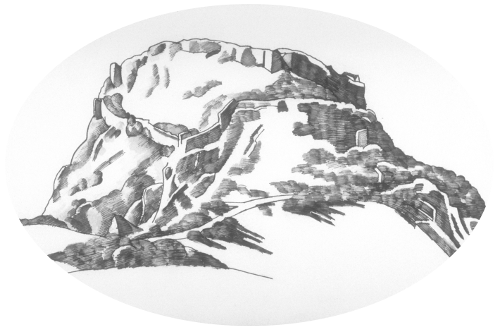
Rough Cilicia Archaeological Survey Project, 1996-2011
Abstract
During the 1998 season the Rough Cilicia Survey team shifted the focus of our research to the discovery and analysis of rural sites and rural field tracks in the southern coastal portion of the survey zone (between ancient Selinus, modern Gazipasha, and ancient Nephelion (modern Muzkent). To learn more about historic landscape use in the area, the field team surveyed 21 transects comprising more than 17 linear kilometers of survey terrain. To record our finds we employed GPS tracking devices to track our progress on 1:5000 topographical maps acquired from the Tapu ve Kadastro Genel Müdürlügü (all sites are identified by these map codes). The architectural team, meanwhile, used a GPS device together with a Sokkia electronic total station to map six rural sites (preliminarily identified as fortified settlements, villages, and farm houses). Two fortified sites revealed Hellenistic featural and artefactual remains that appear contemporaneous to the Cilician pirate phenomenon (c. 146-67 BC). A third village site revealed very poorly preserved remains together with a large cache of Cilician imitations of Cypro-archaic painted pottery. Although the pottery needs to be evaluated by a specialist during the coming season, by every indication it posits this site chronologically as the earliest one currently identified in the region of western Rough Cilicia.
Keywords
Ancient Greece, archaeological survey, pottery, Turkey
DOI
10.5703/1288284316721
Date of this Version
4-3-2018
Recommended Citation
Hoff, Michael C.; Rauh, Nicholas K.; Townsend, Rhys F.; and Wandsnider, LuAnn, "Rough Cilicia Archaeological Survey Project: Report of the 1998 Season" (2018). Rough Cilicia Archaeological Survey Project, 1996-2011. Paper 3.
http://dx.doi.org/10.5703/1288284316721

